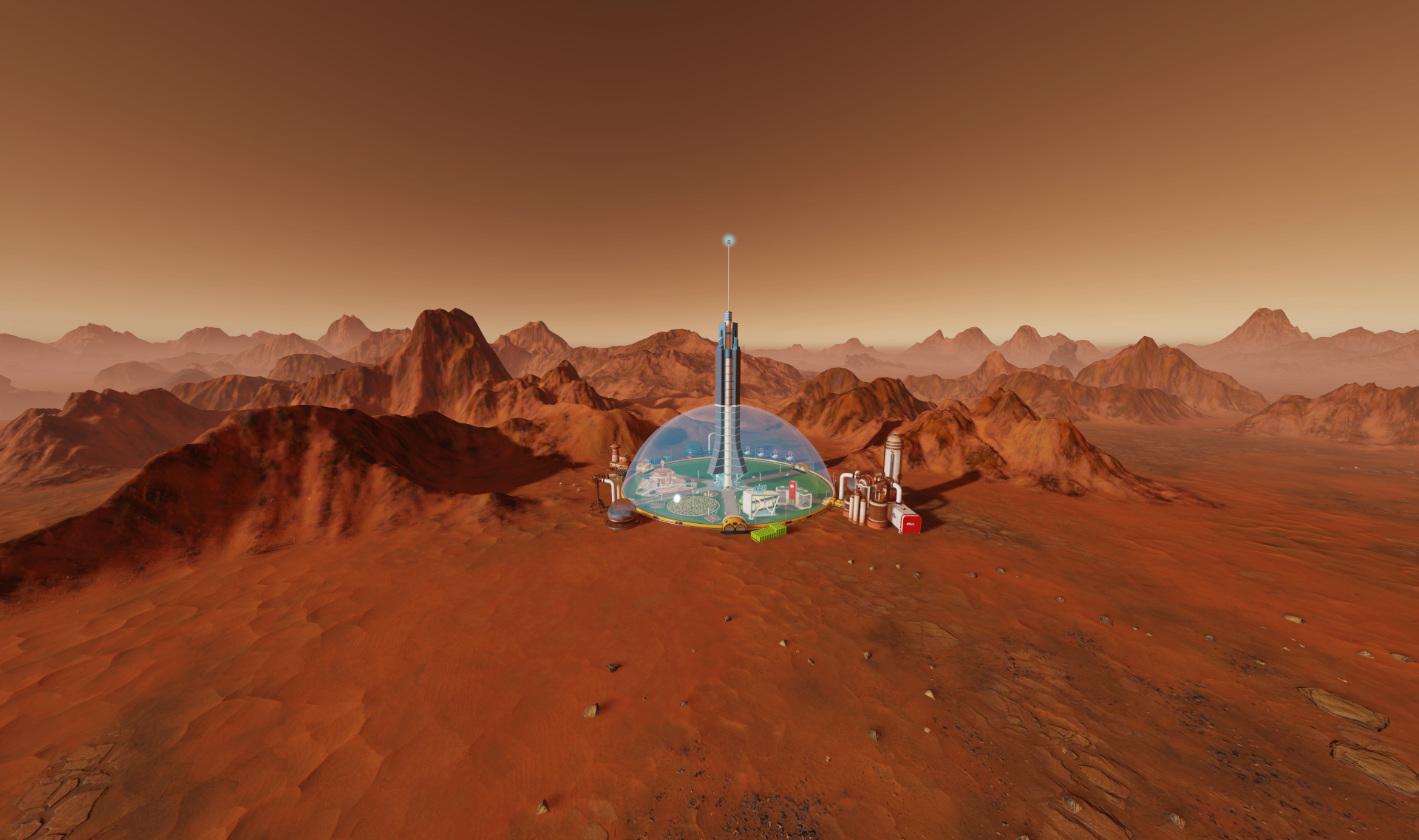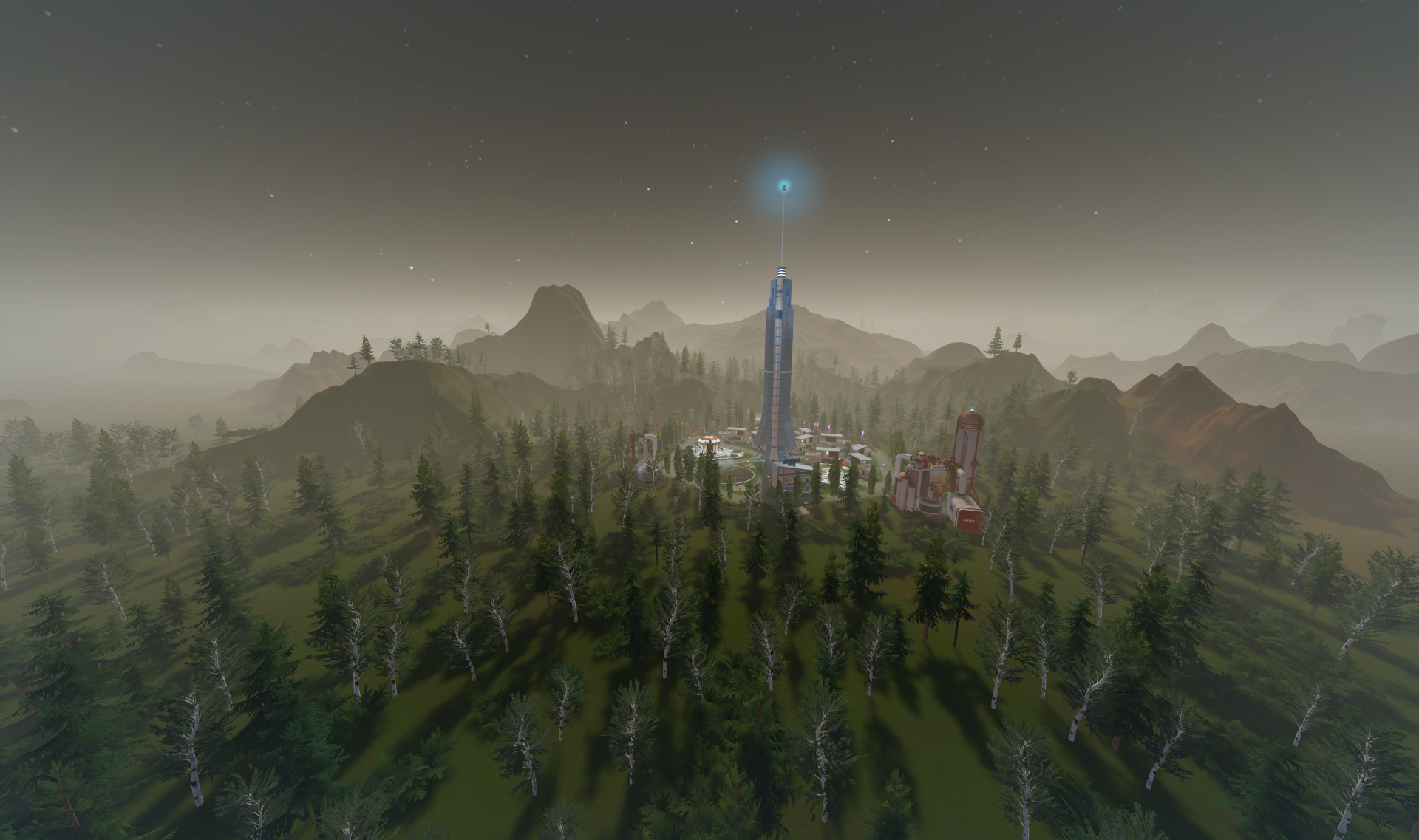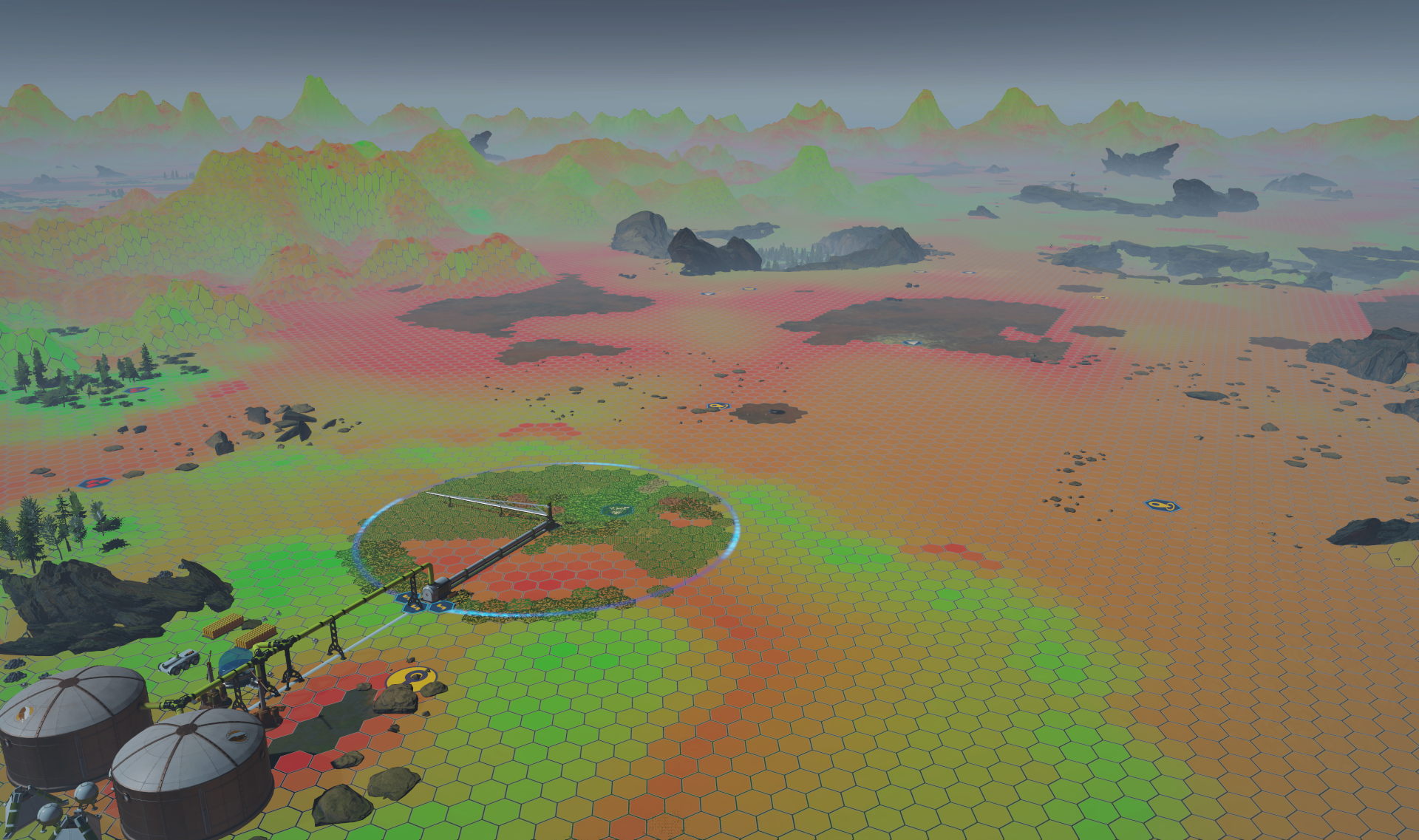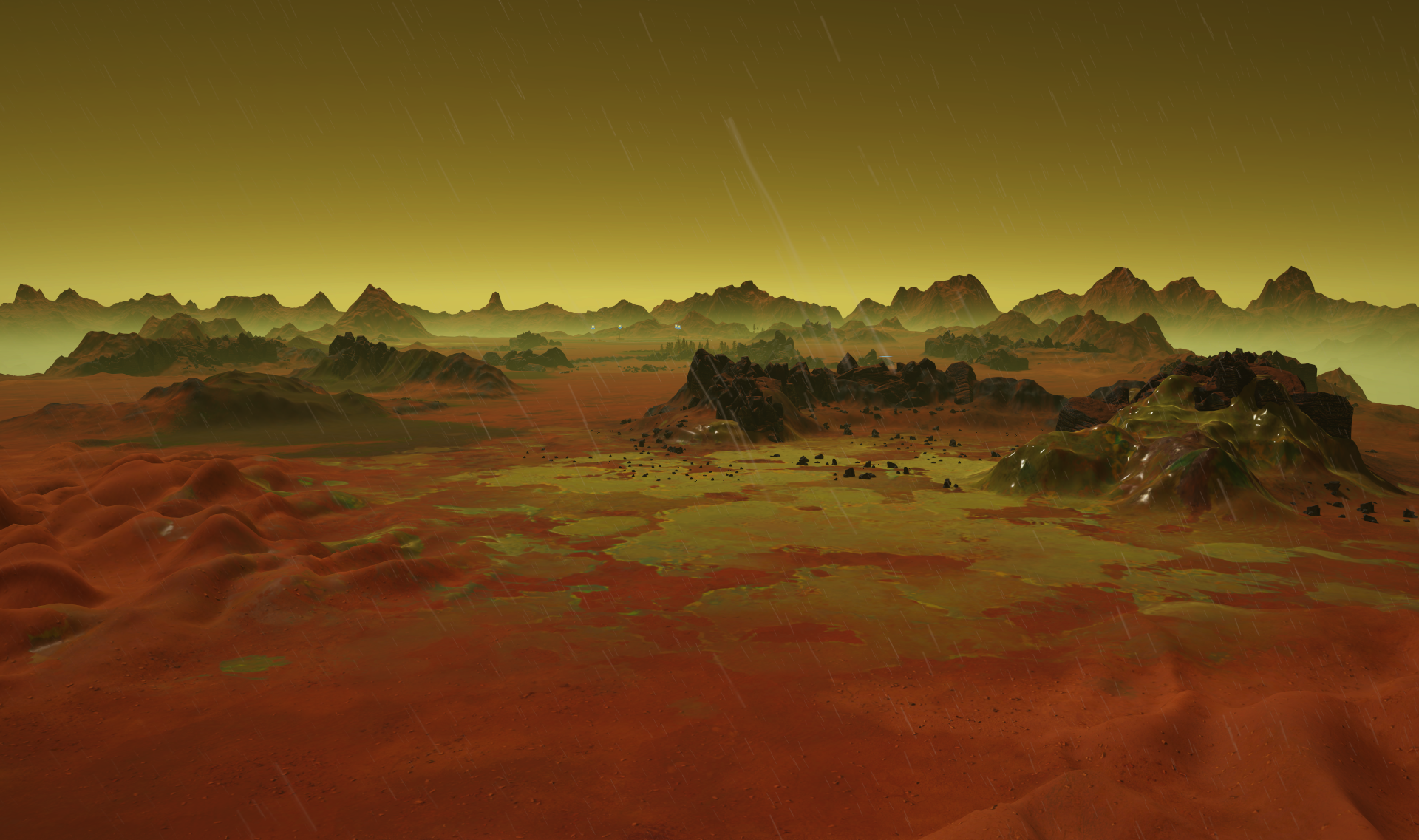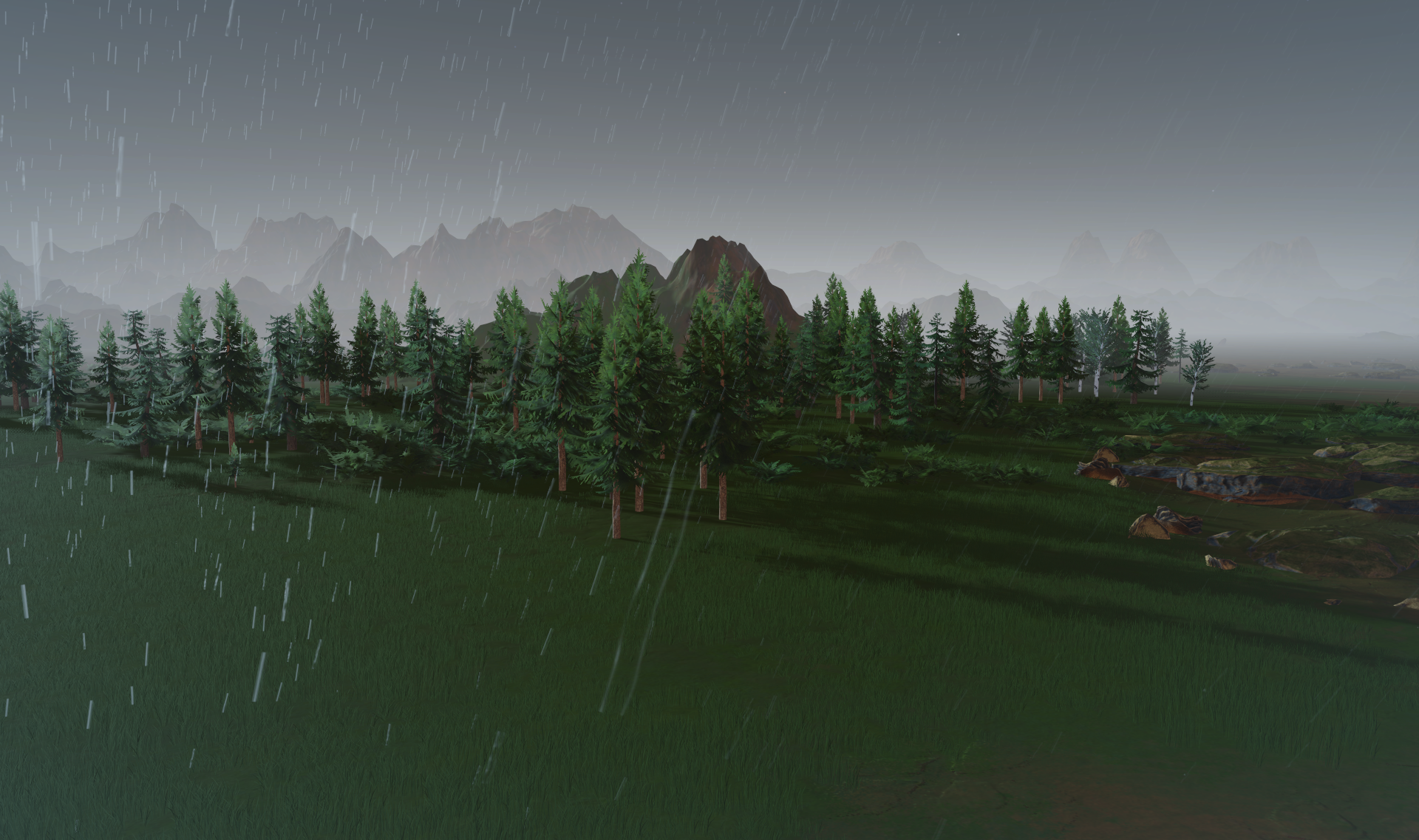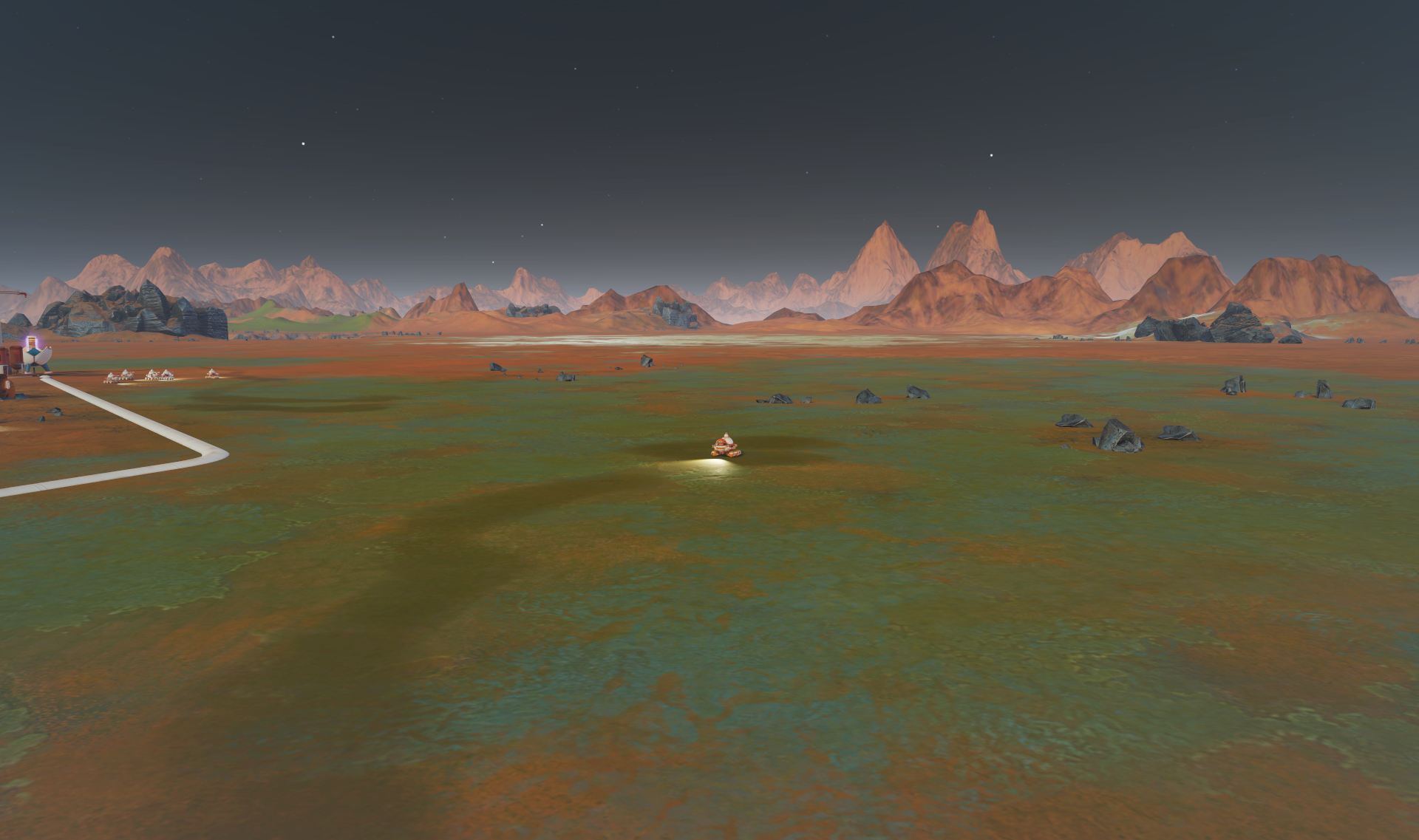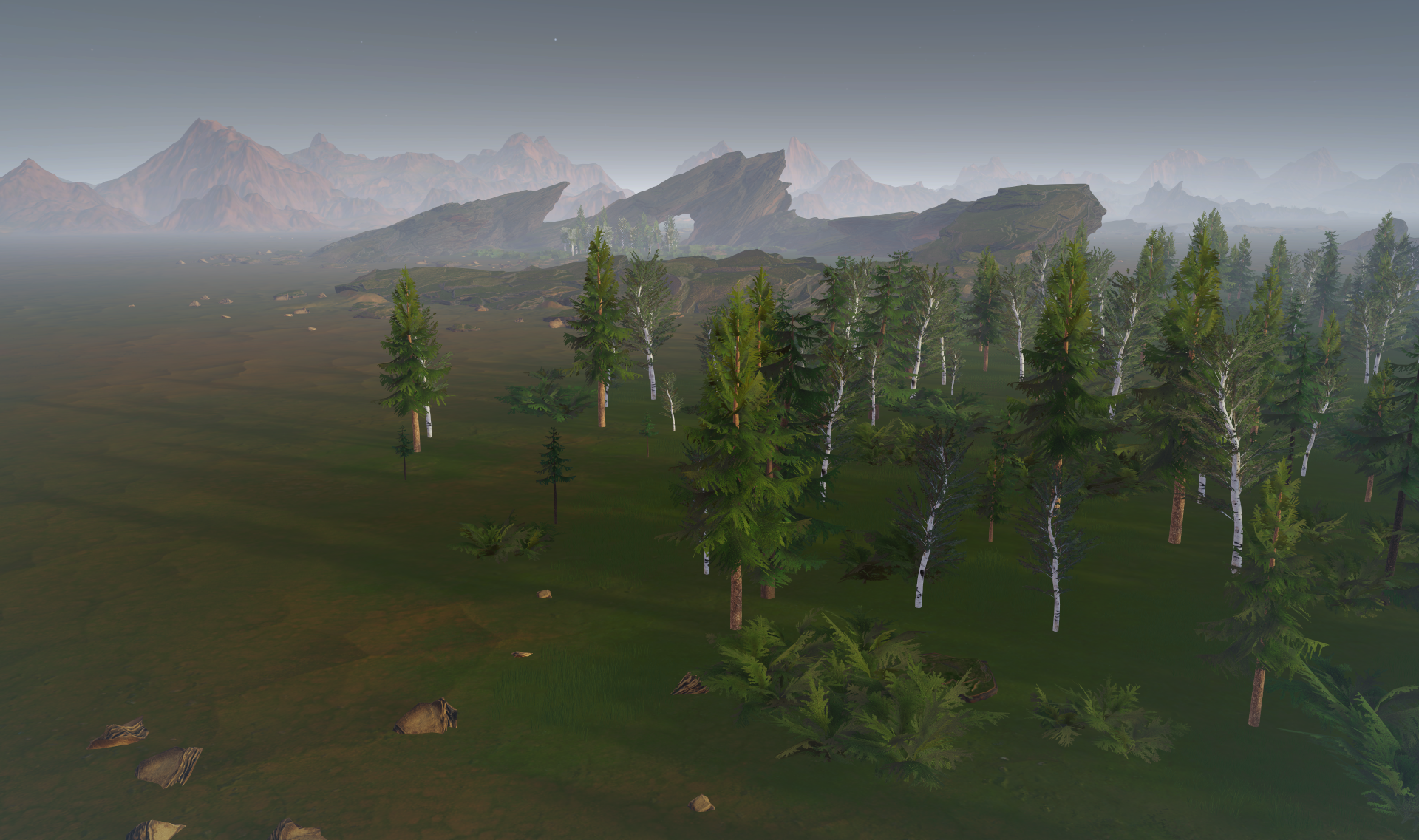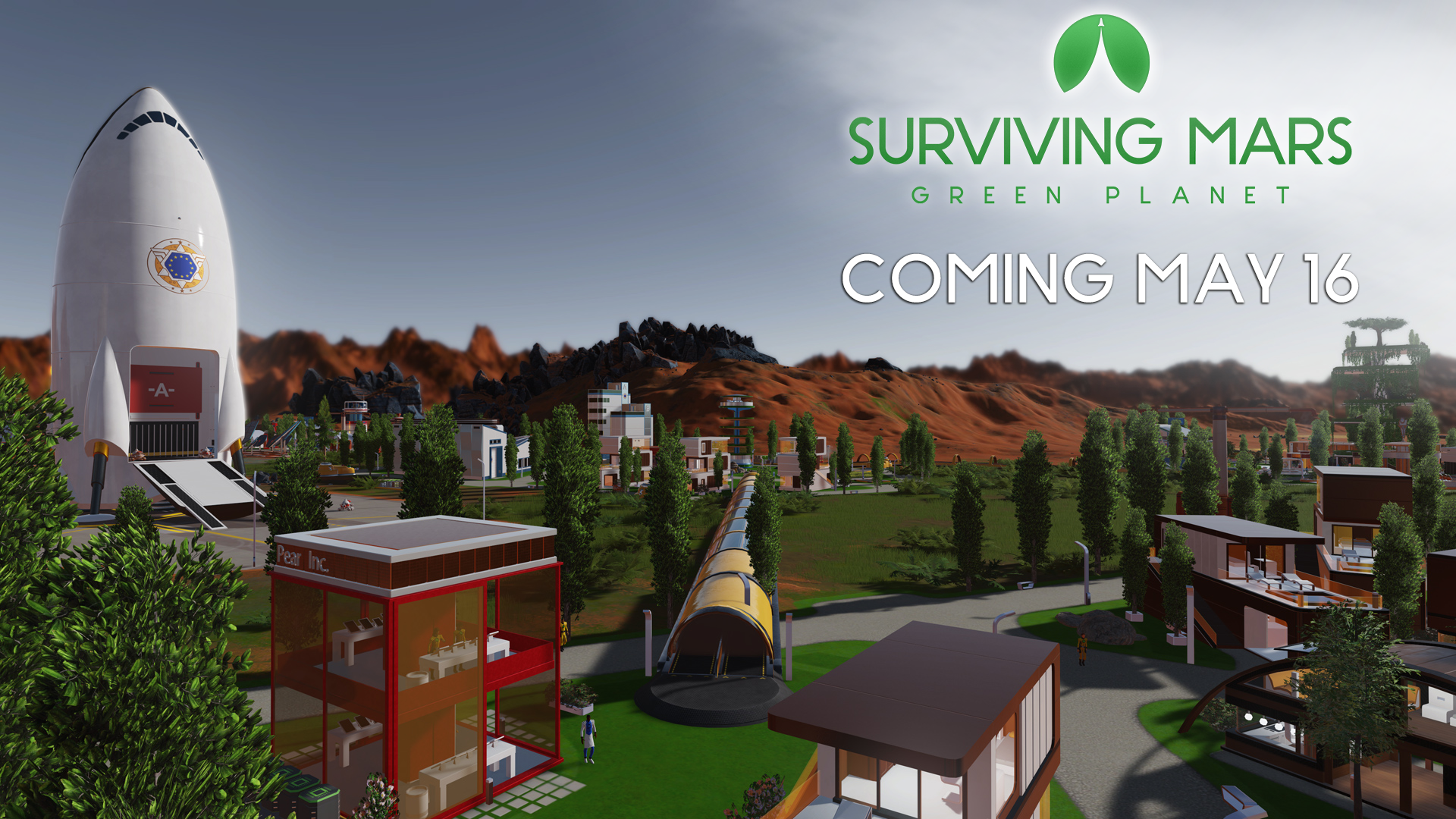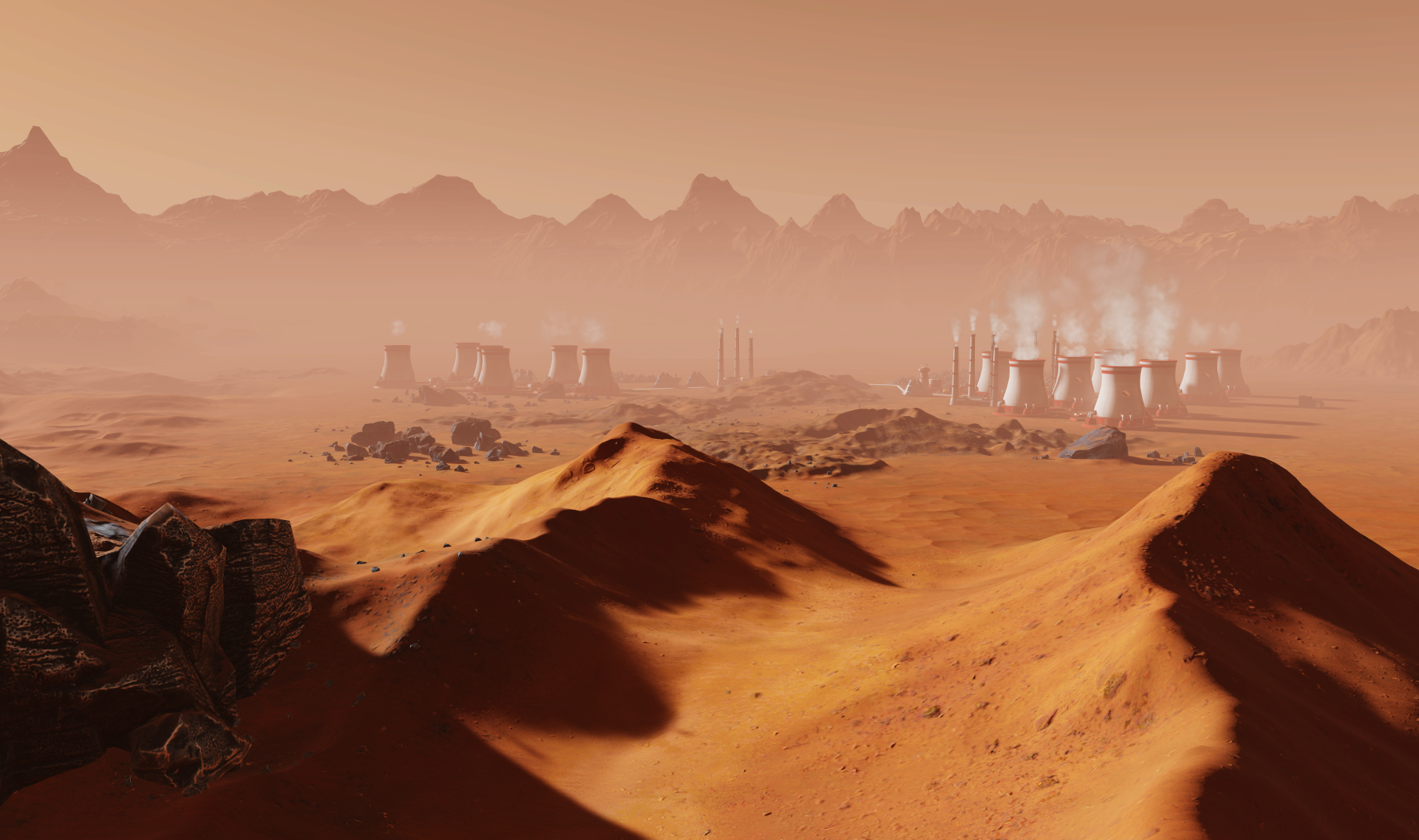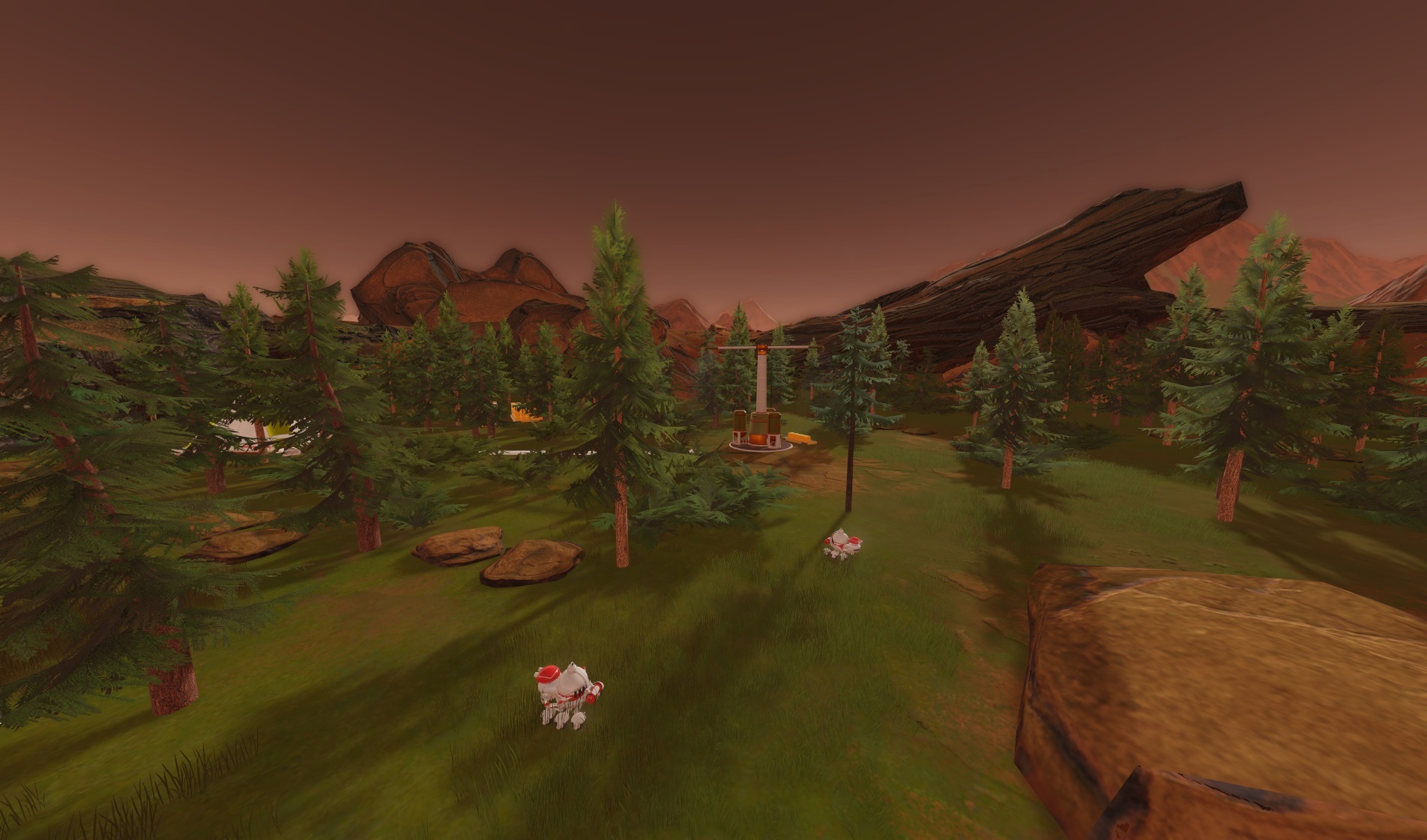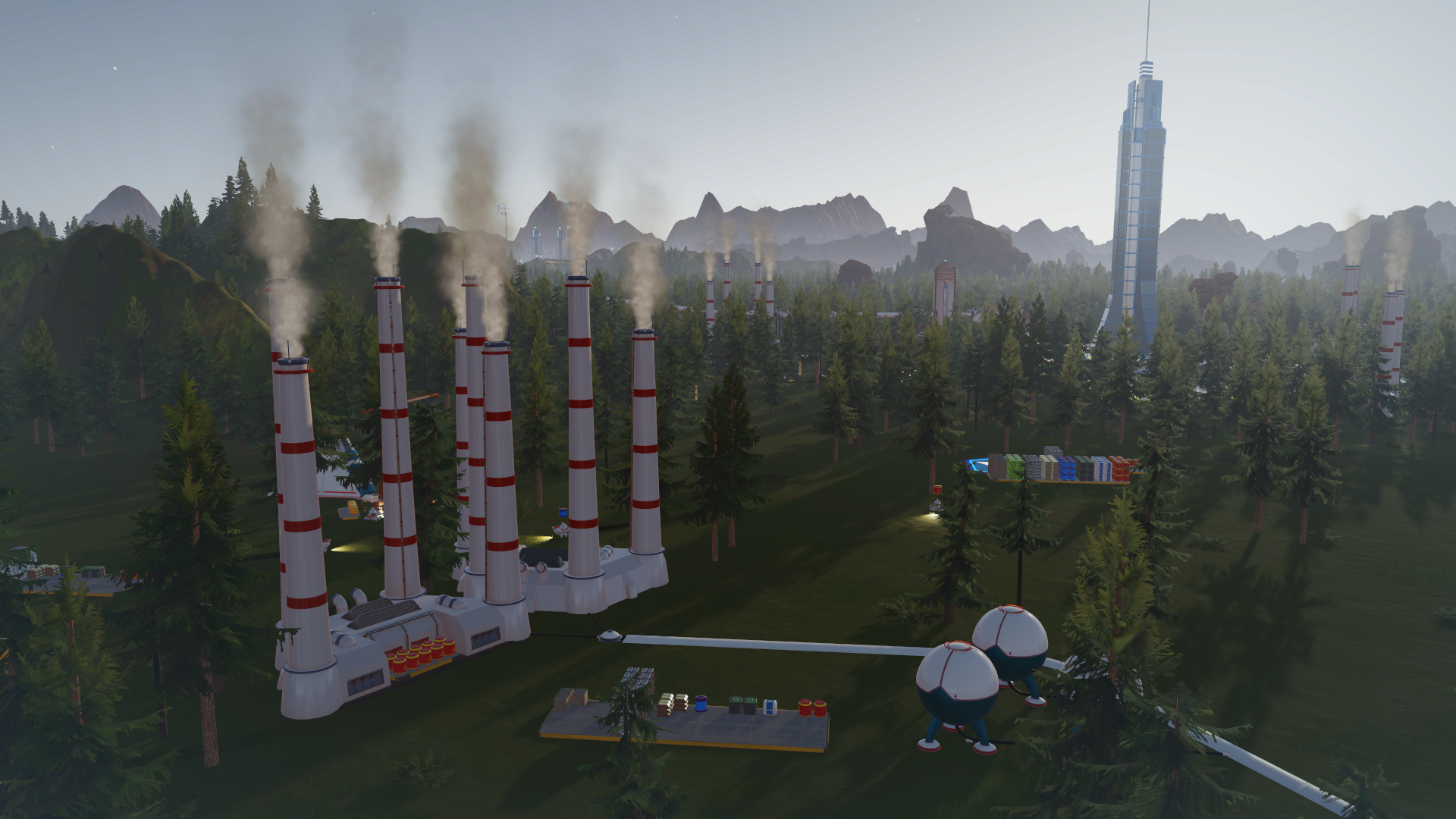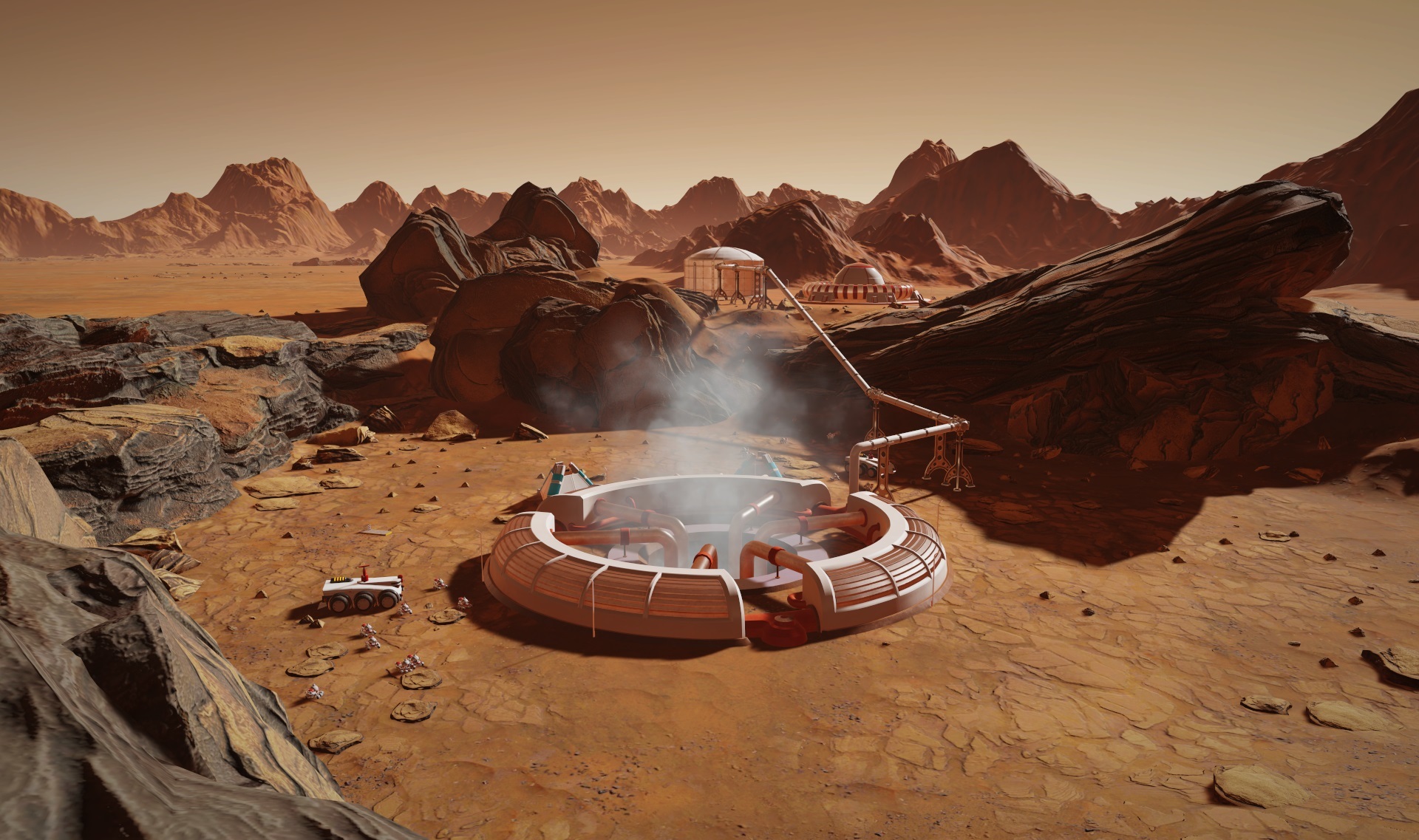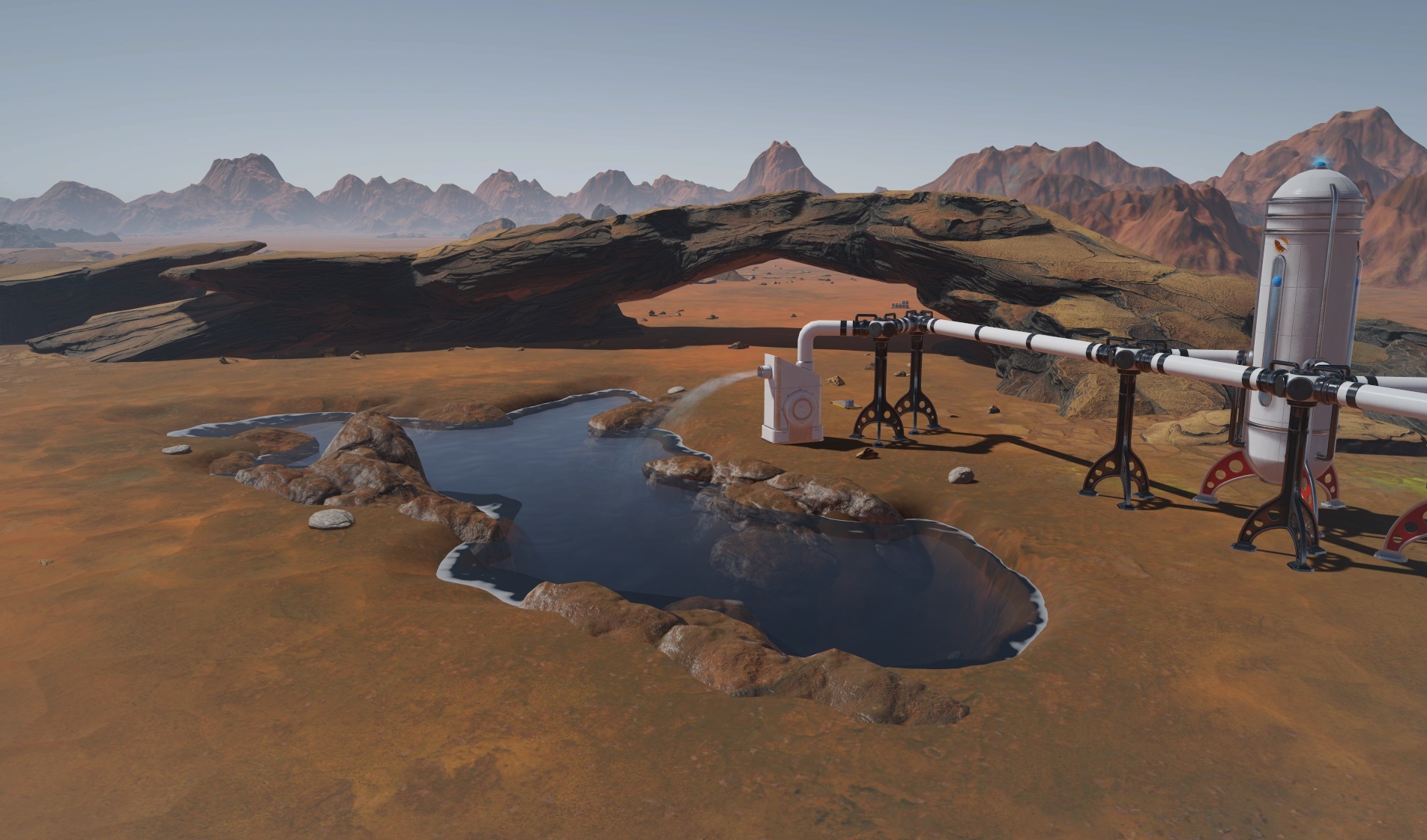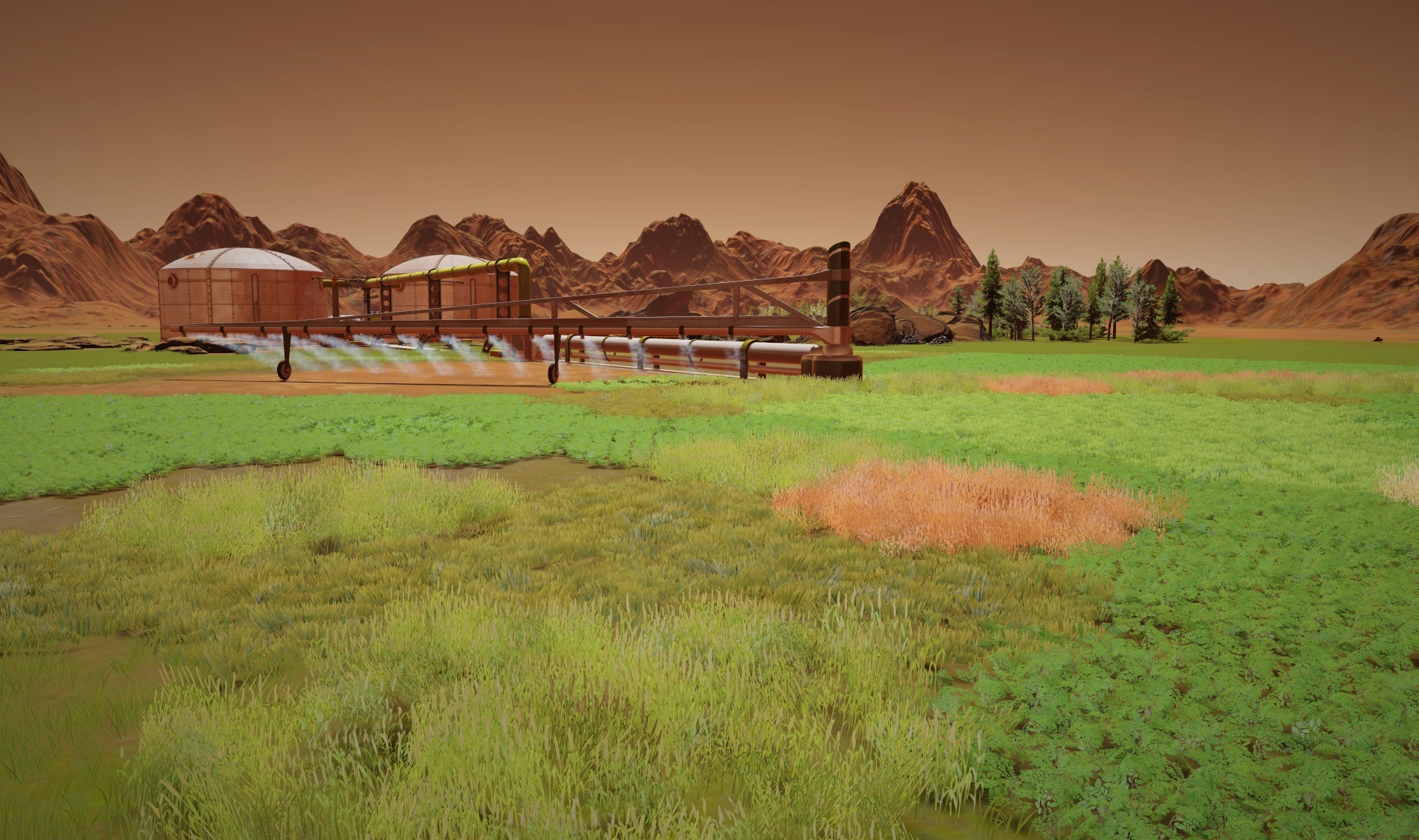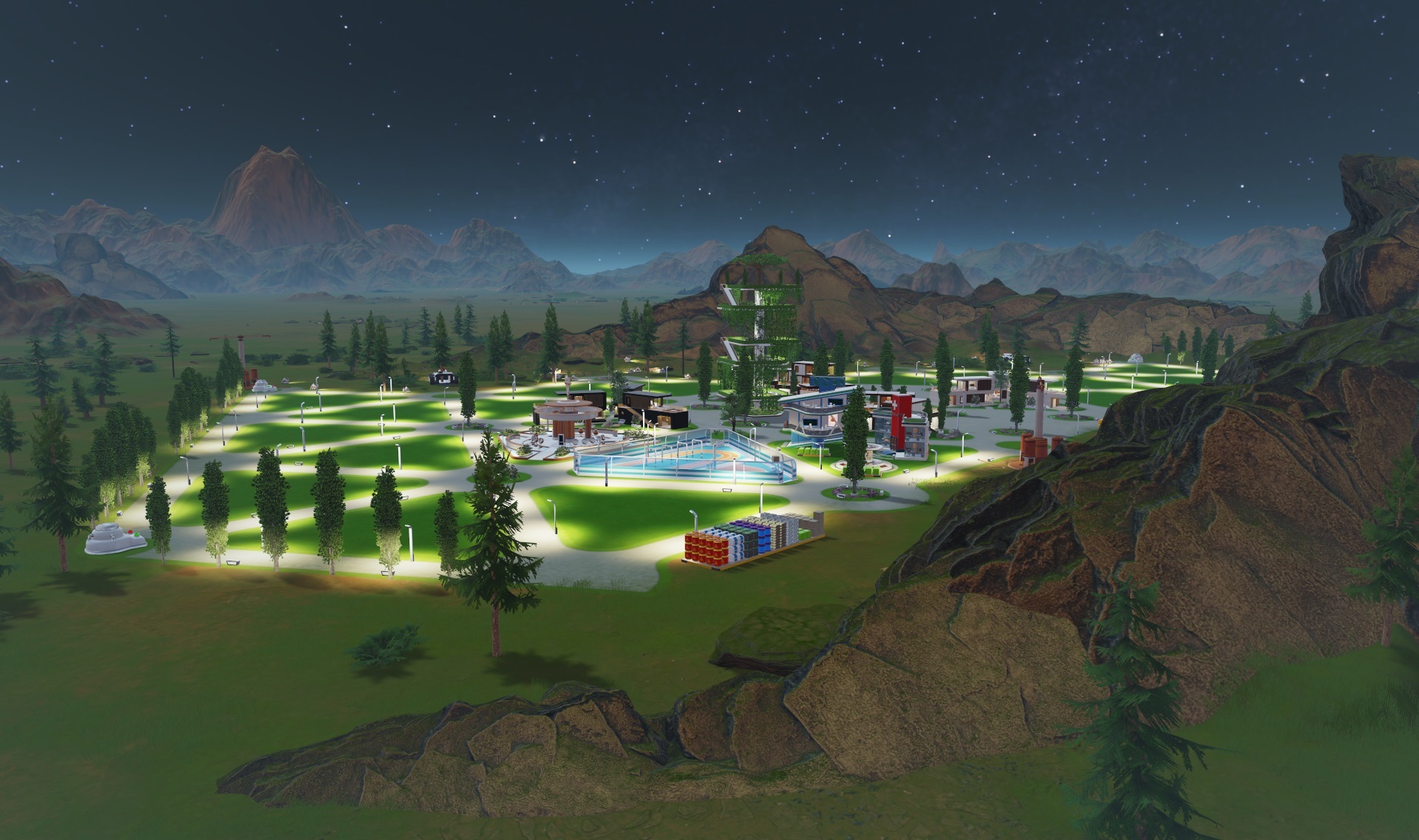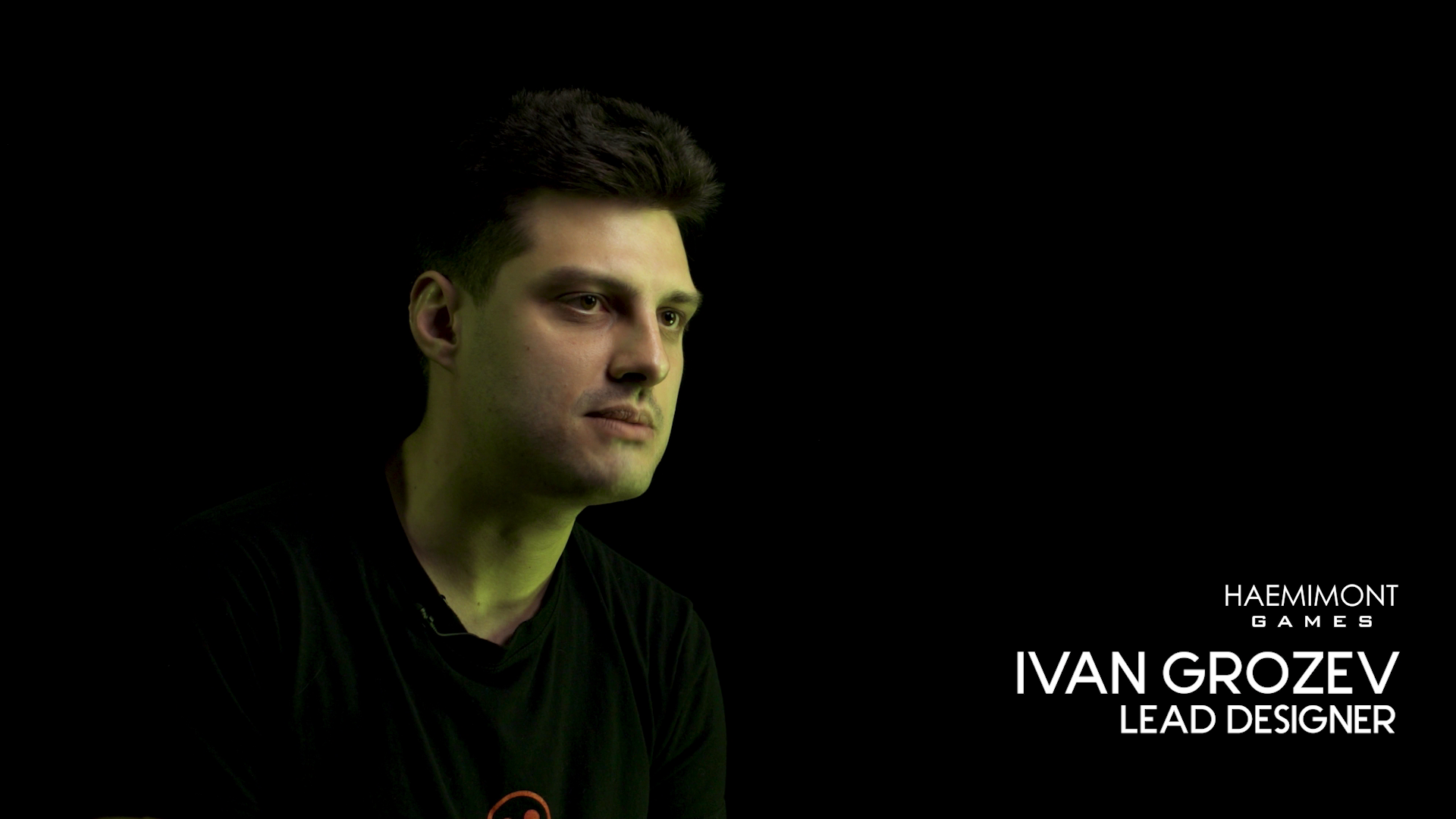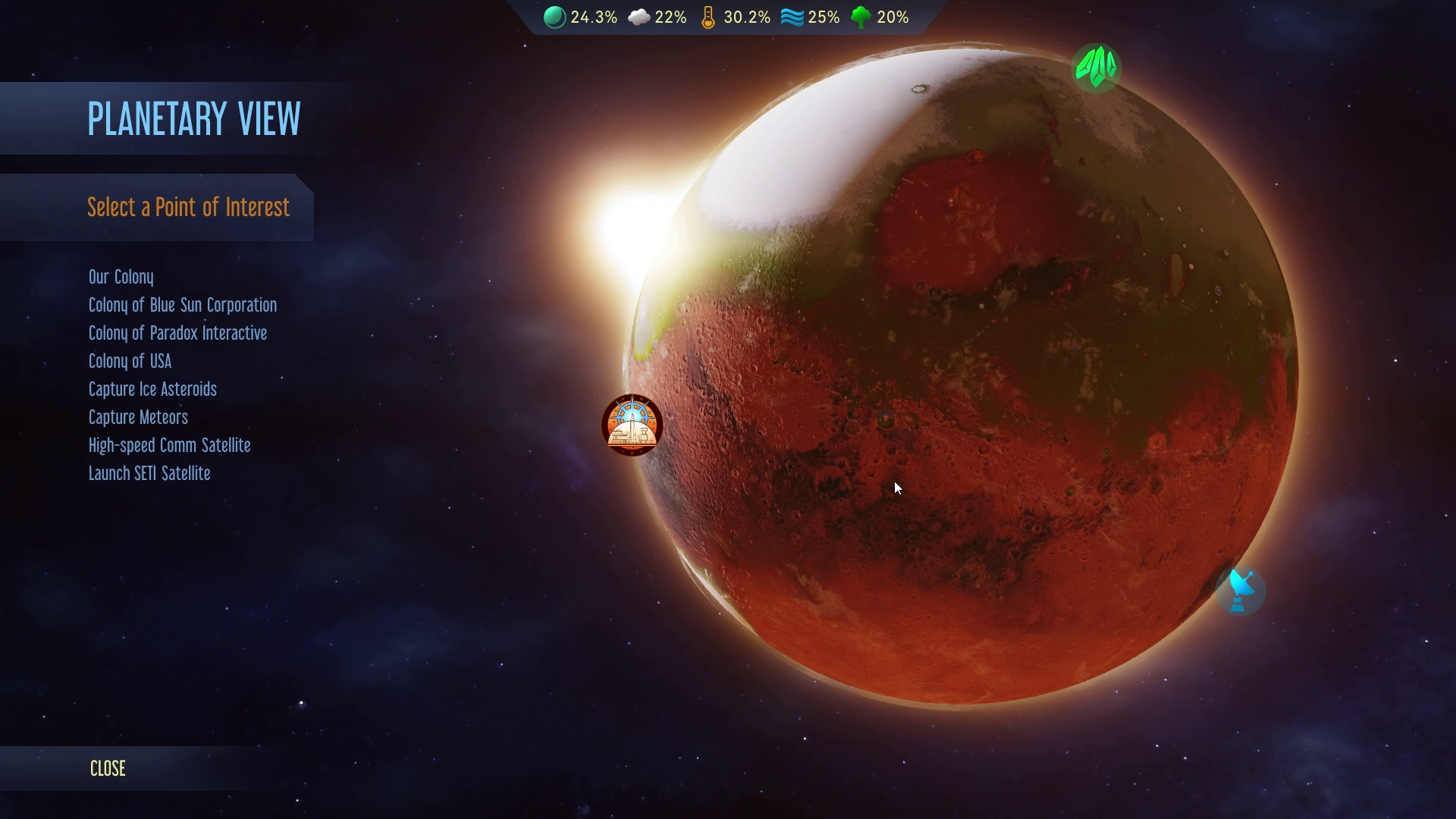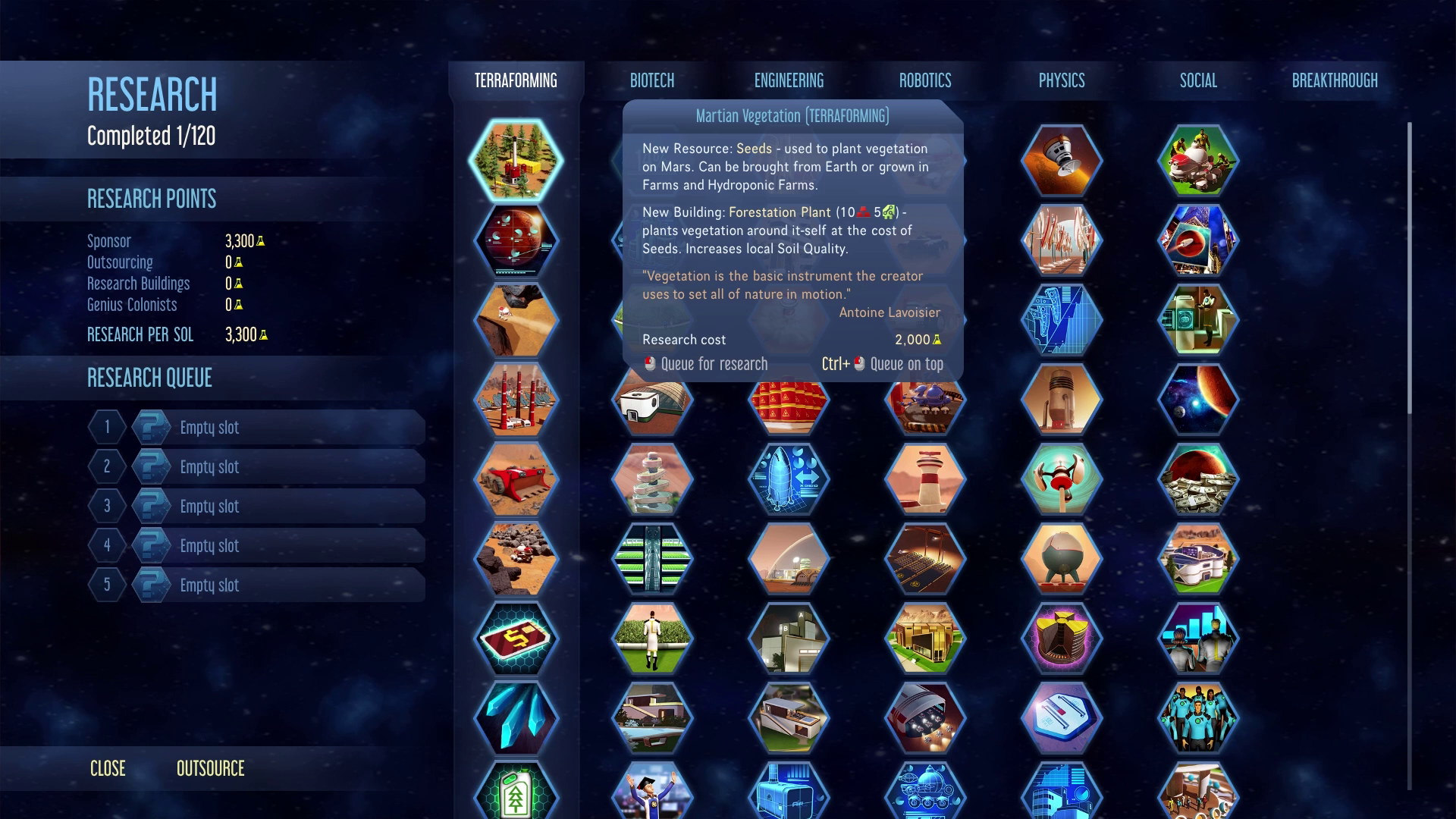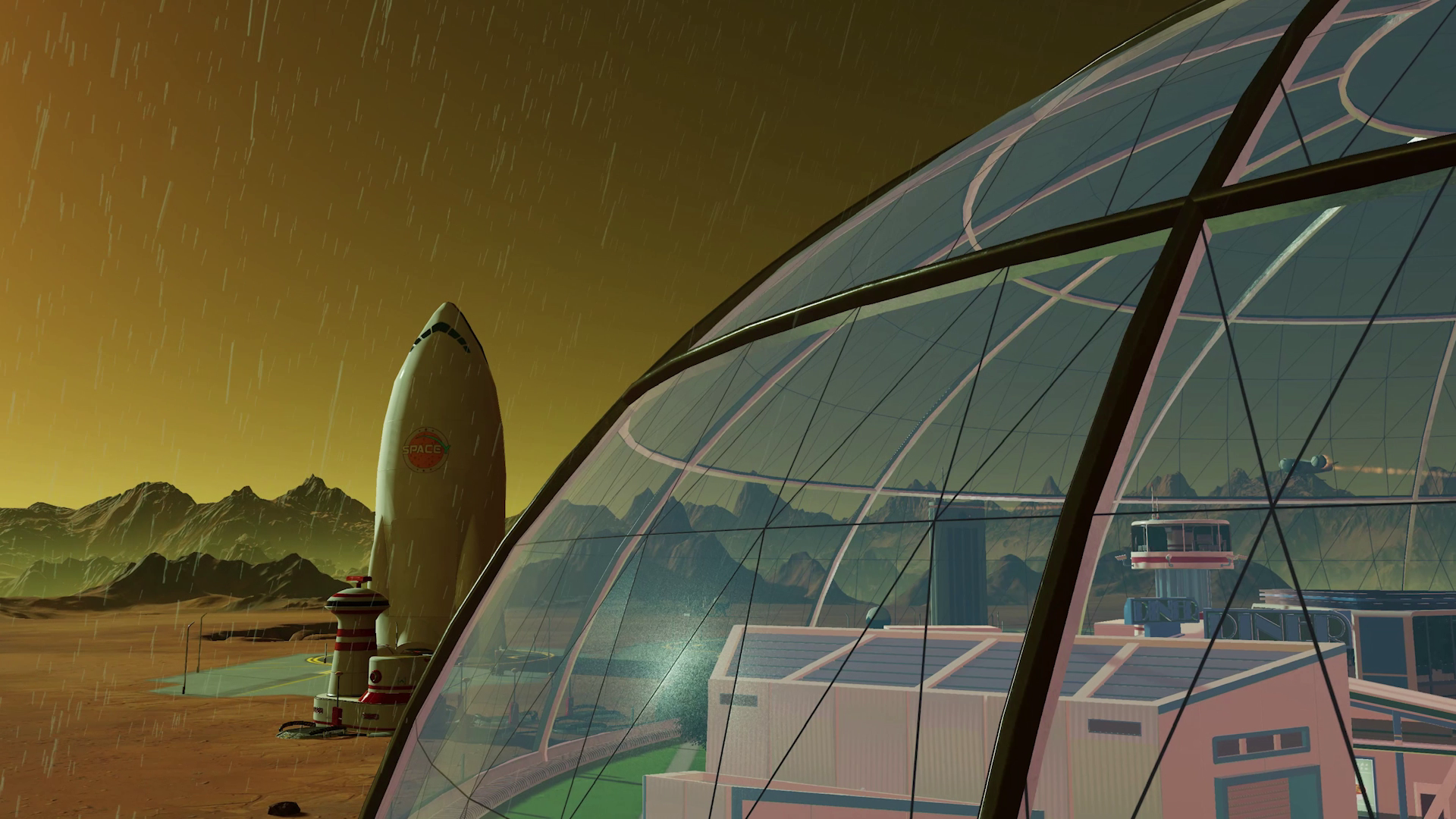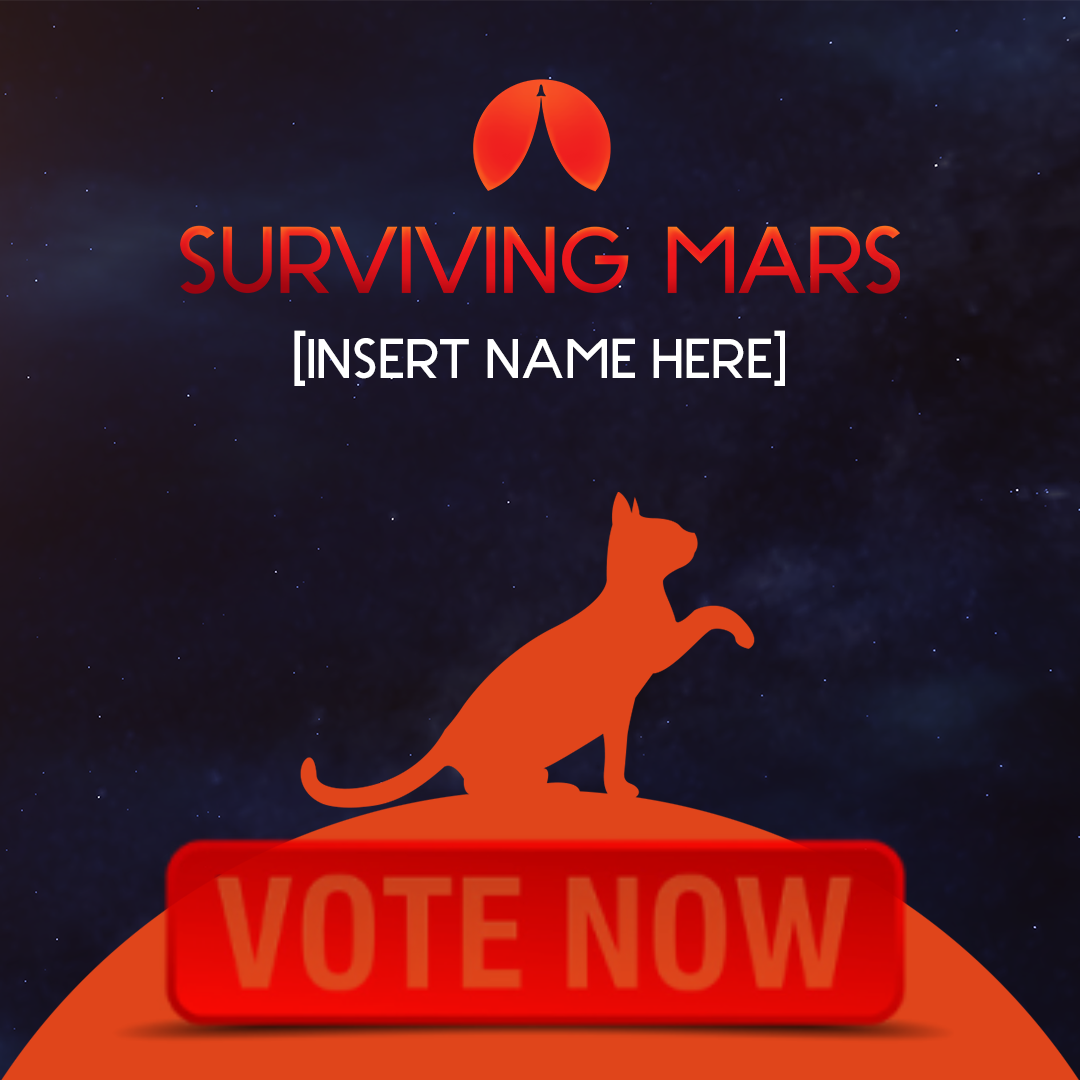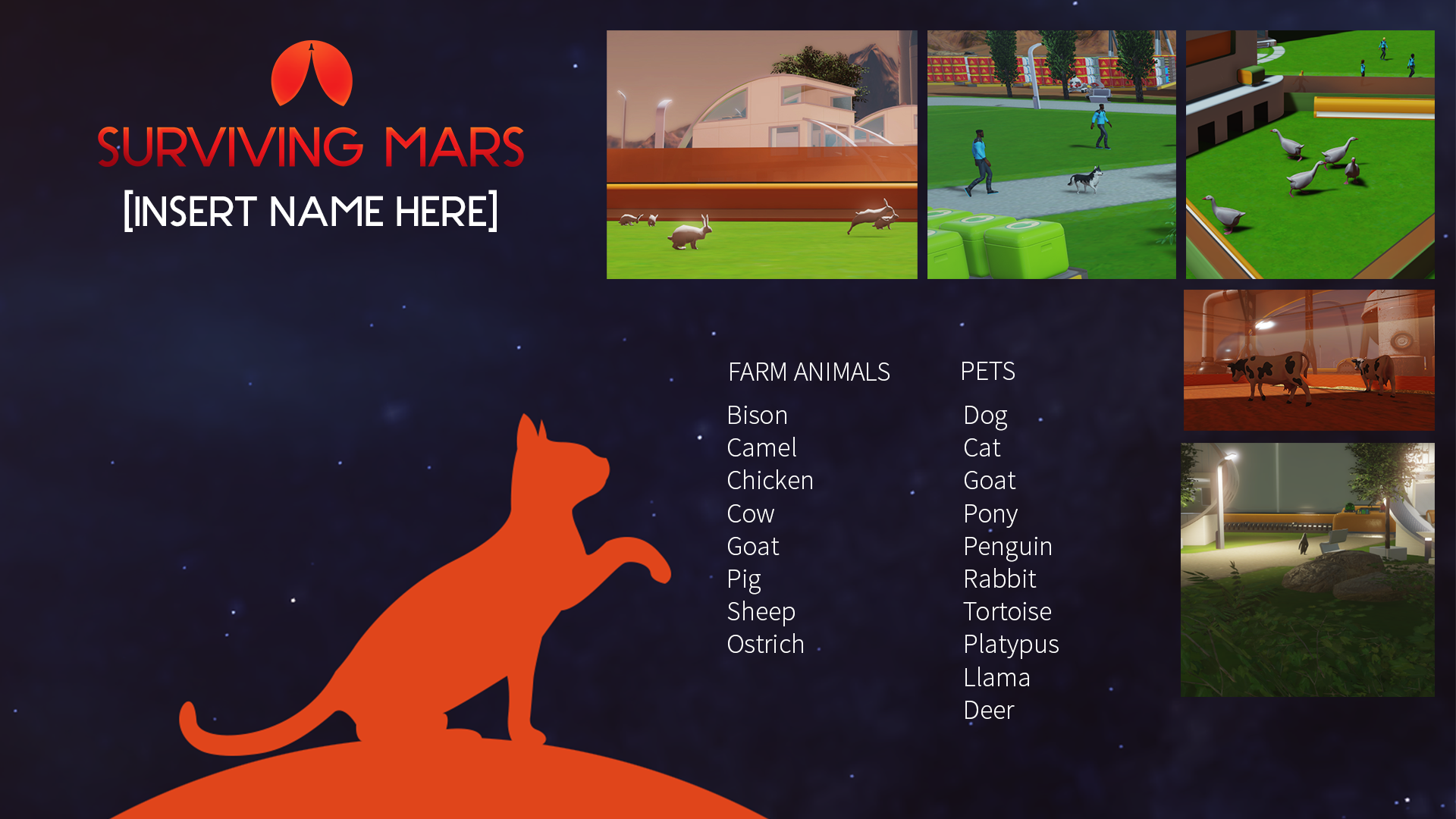
Hi Everyone!
We’re back with another dev diary for Green Planet. Today's topic is disasters, how to avoid them and how to cause them. We'll be discussing the new Special Projects in more detail, as well.
In Green Planet the climate gradually changes as you improve the atmosphere, temperature, and water levels of Mars. The raising global temperatures make the cold waves shorter and less likely to occur, the denser atmosphere burns more meteors before they hit the ground. Eventually, the once severe disasters become a thing of the past, but other ones arise.
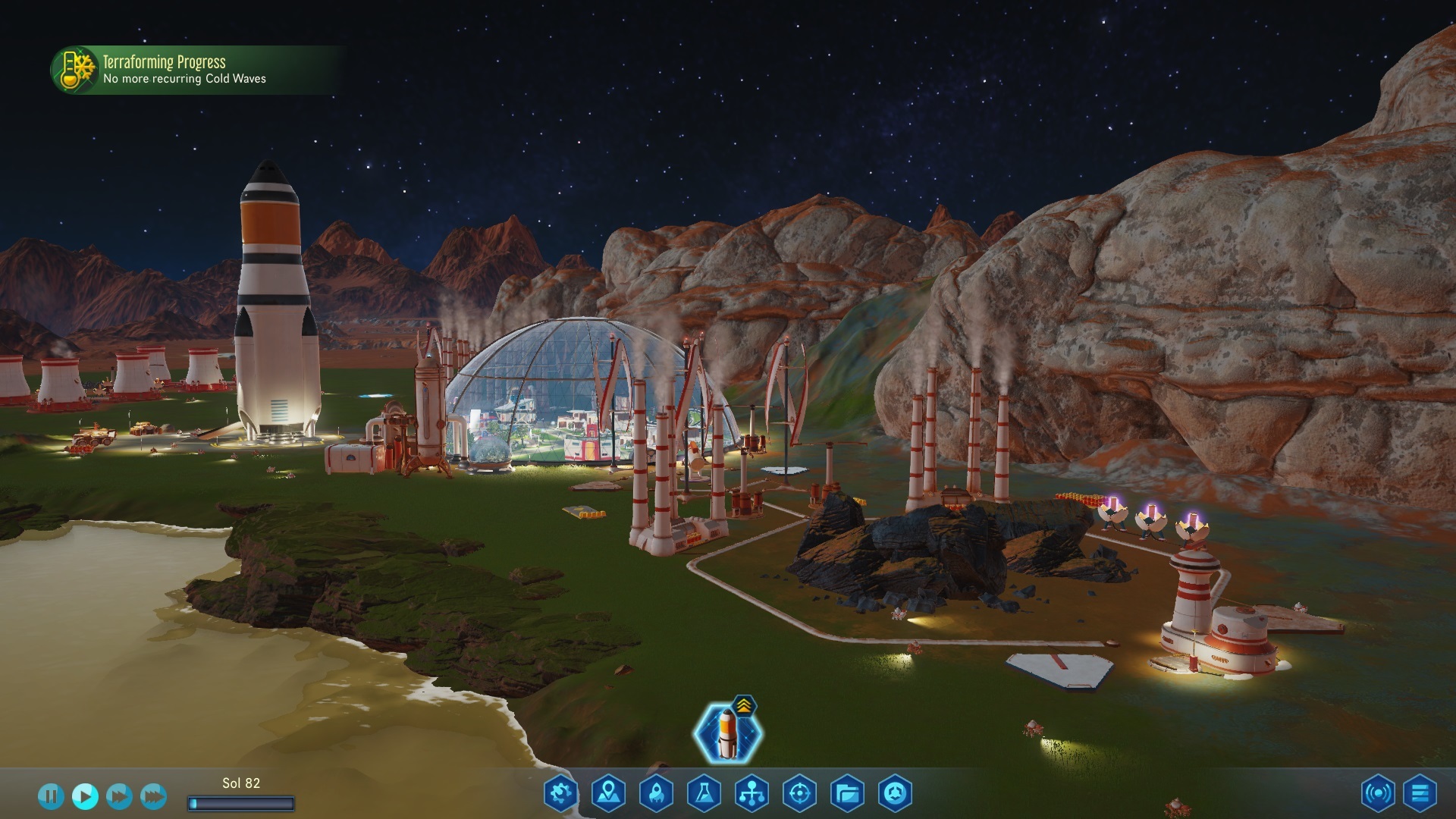
In Green Planet your actions have global consequences, remember this the next time when you schedule a rocket to nuke the North Pole! As you pump greenhouse gases in the atmosphere and increase its temperature, you're creating the perfect conditions for ice to liquefy, evaporate, and then fall back to the ground as toxic rain.
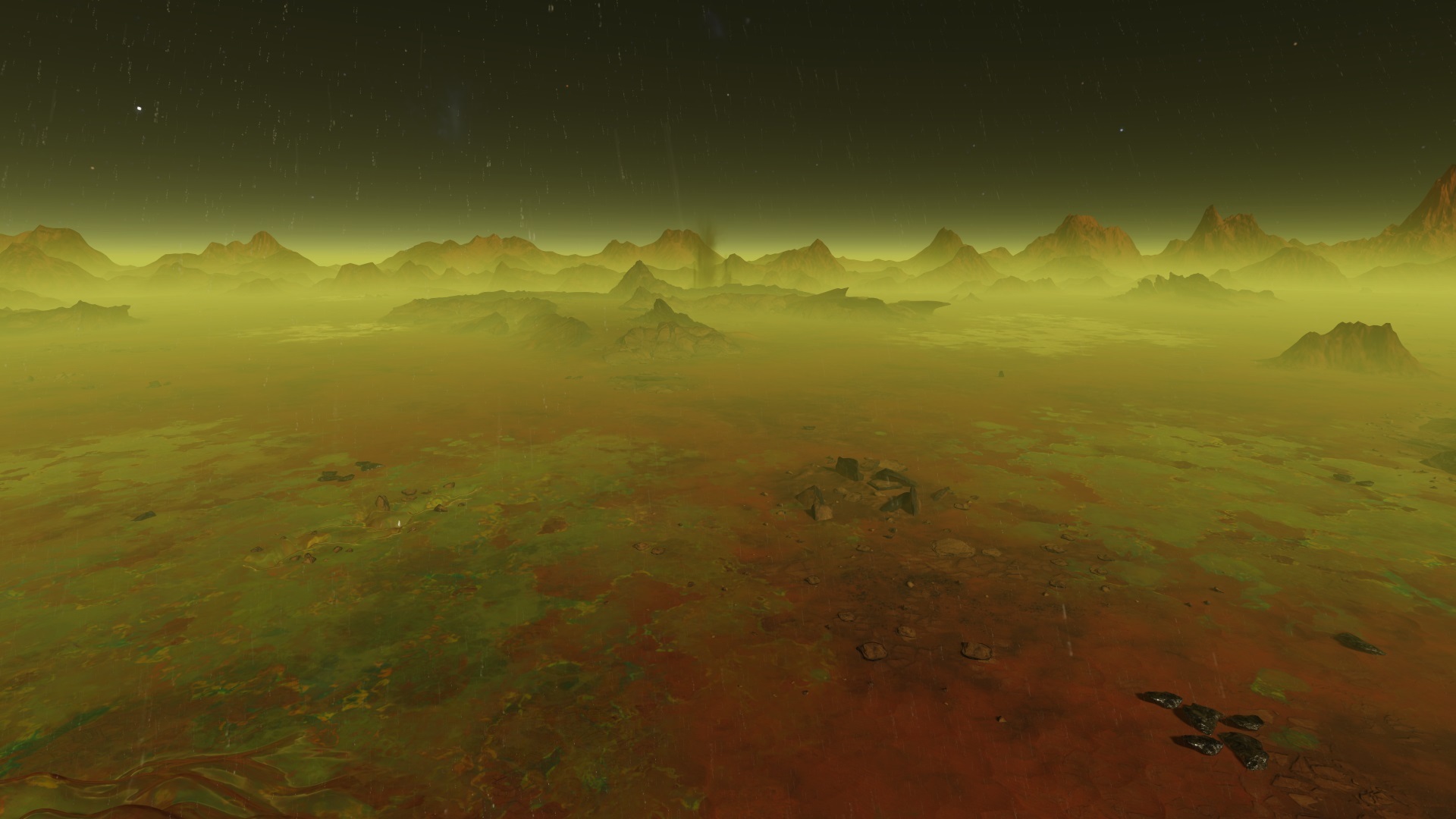
Initially, toxic rains will pour for multiple sols, erode the soils, and potentially cause lichen and other wild plants to wither and die. Wide toxic pools form on the ground which will kill all vegetation and render the local soils unstable for construction of new buildings. Once the rains have ended you can send drones to clean the area. Making Mars' atmosphere, temperature, and water levels more Earth-like will result in less toxic rains and more normal rains. The clean water will improve the soils and it helps for the spreading of wild vegetation throughout the colony.
Occasional marsquakes will tremble the ground and destroy buildings near their epicenters. Marsquakes are direct consequence of the colony's efforts to create stronger magnetic field and they strike near Magnetic Field Generators. Endure the marsquake and then send your drones to fix the damaged buildings. Keep your Magnetic Field Generators away from vital infrastructure and remember that more MFGs equals more marsquakes.
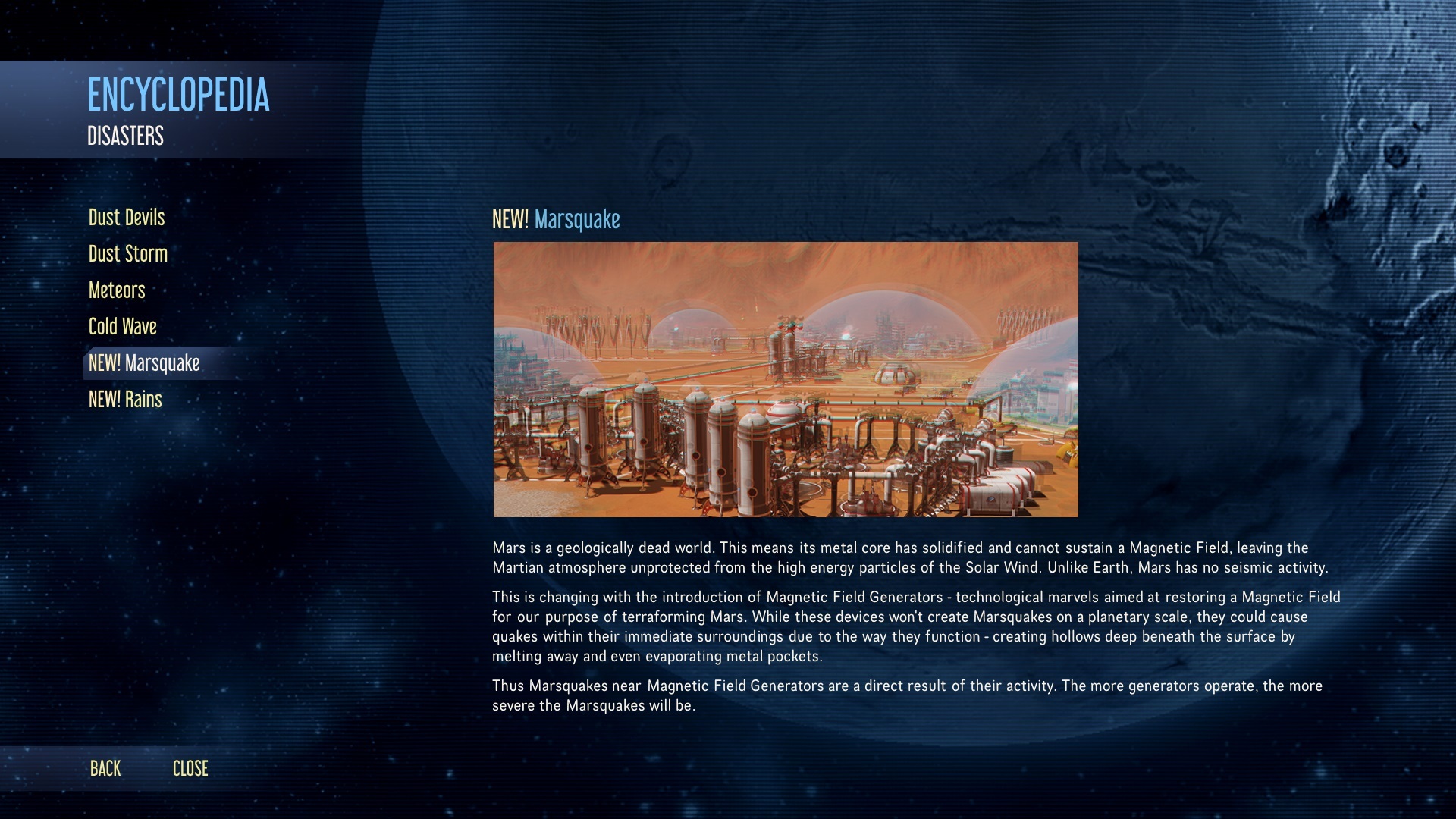
Recurring toxic rains and marsquakes will happen as direct consequence of the on-going terraforming of Mars, but there're other ways to trigger them, like the Import Greenhouse Gases special project.
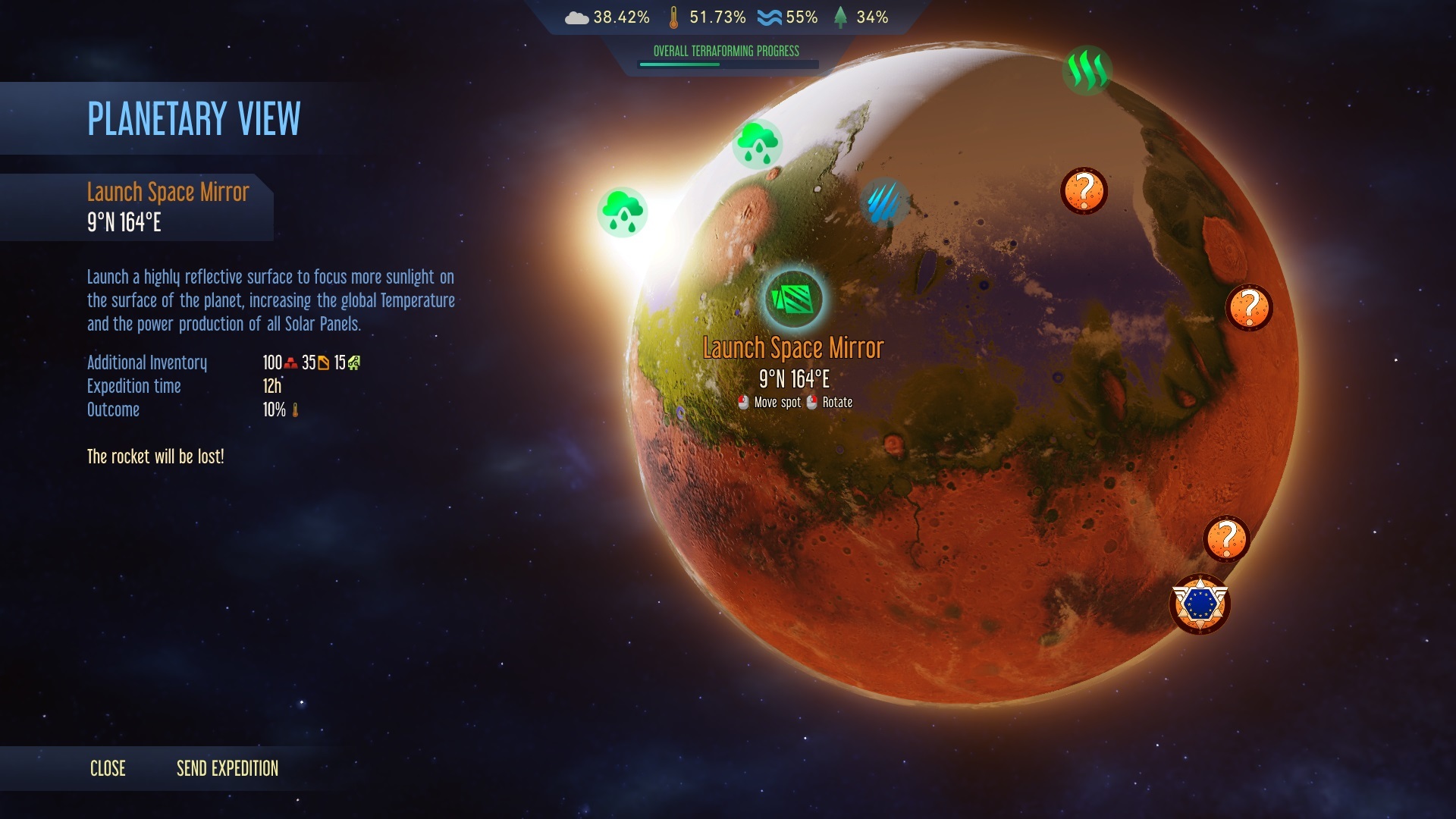
The Special Projects are new points of interest on various locations throughout the planet. They are visualized with special green or blue symbols on the Planetary View. The green ones are special terraforming projects and directly affect the overall progress of the terraforming initiative. There are 7 Terraforming Special Projects, listed below:
The Capture Ice Asteroids project dedicates one rocket to find and pull ice asteroids towards Mars. The melting ice increases the water levels of the planet.
As long as Mars can support liquid water and normal rains, the Cloud Seeding project triggers massive rainfalls, which improve the local soil quality and help plants to grow.
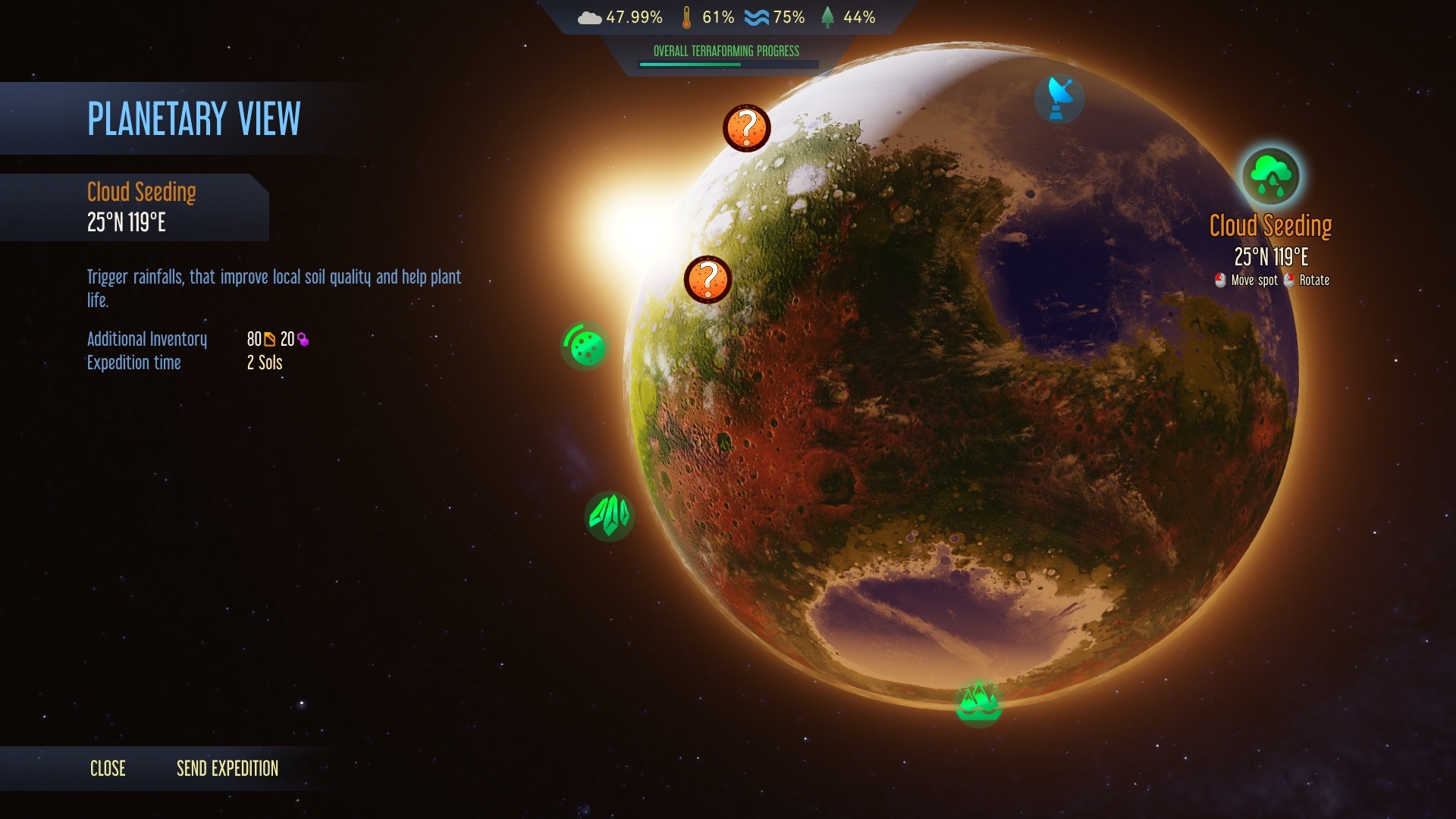
During the Import Greenhouse Gases mission, one rocket gets refurbished and sent back to Earth to collect greenhouse gases from its atmosphere. The compressed GHGs are then released on Mars, which can cause severe toxic rains.
The Launch Space Mirror project requires one rocket to be dismantled in orbit and turned into a highly reflective surface. The mirror focuses sunlight on the face of Mars and increases its temperature.
The Launch Magnetic Shield mission installs an artificial shield between the Sun and Mars, which counteracts the solar winds and decreases the loss of Atmosphere over time.
When Melting the Polar Caps, remember that this may cause prolonged Dust Storms. You can nuke the polar caps as many time as you wish, adding water vapors and greenhouse gases to the atmosphere. But each successive nuking of the shrinking polar caps will grant less terraforming progress. The release of heat during this special project will temporarily stop the cold waves.
Finally, when feeling ready to make Mars green, send Rockets full of Seeds to Seed Vegetation. They will carefully spread their cargo in the atmosphere and increase the vegetation coverage of the planet.
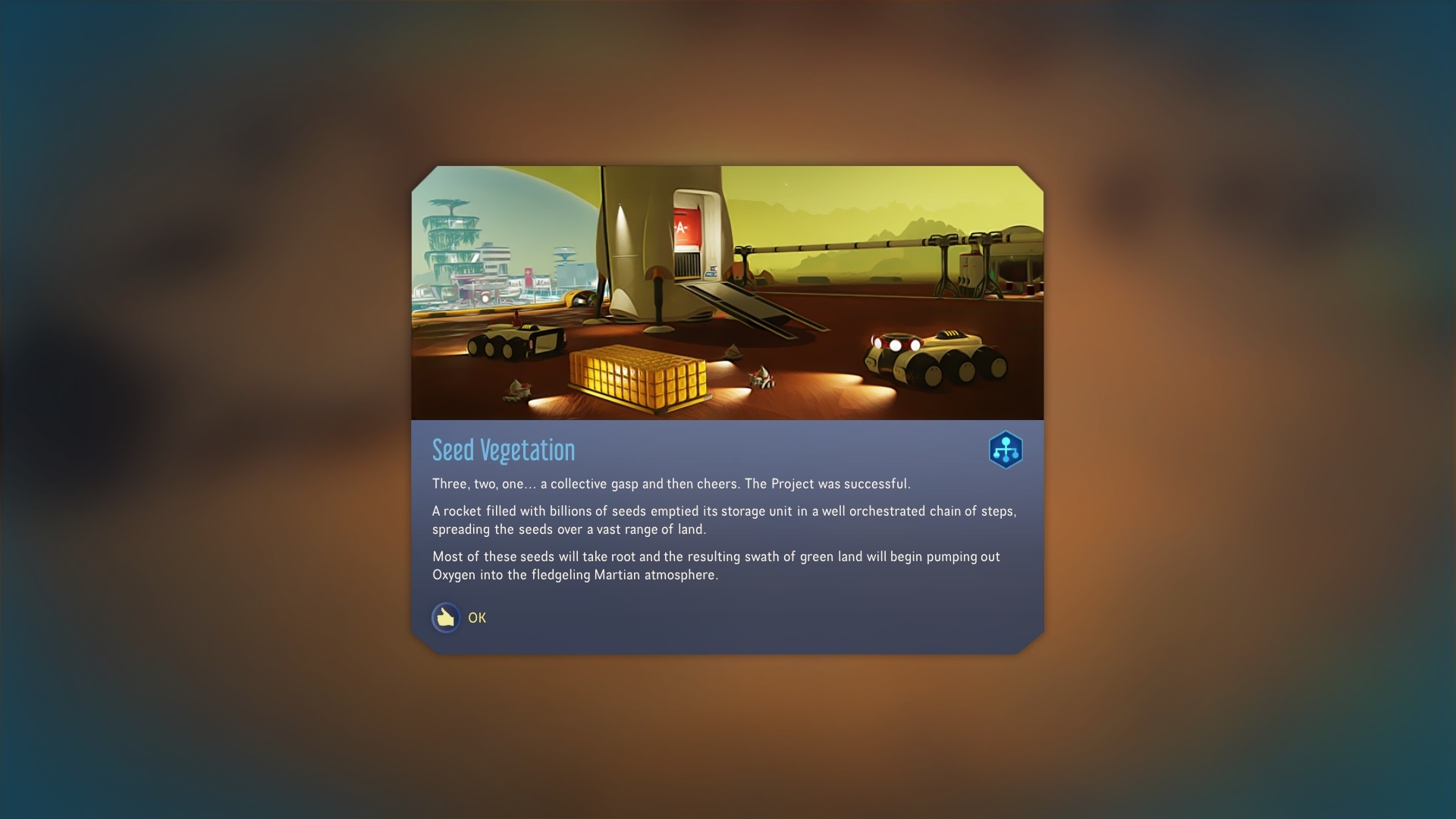
To enable the 7 Special Terraforming Projects on the Planetary View, research the related techs in the Terraforming field of the Research UI.
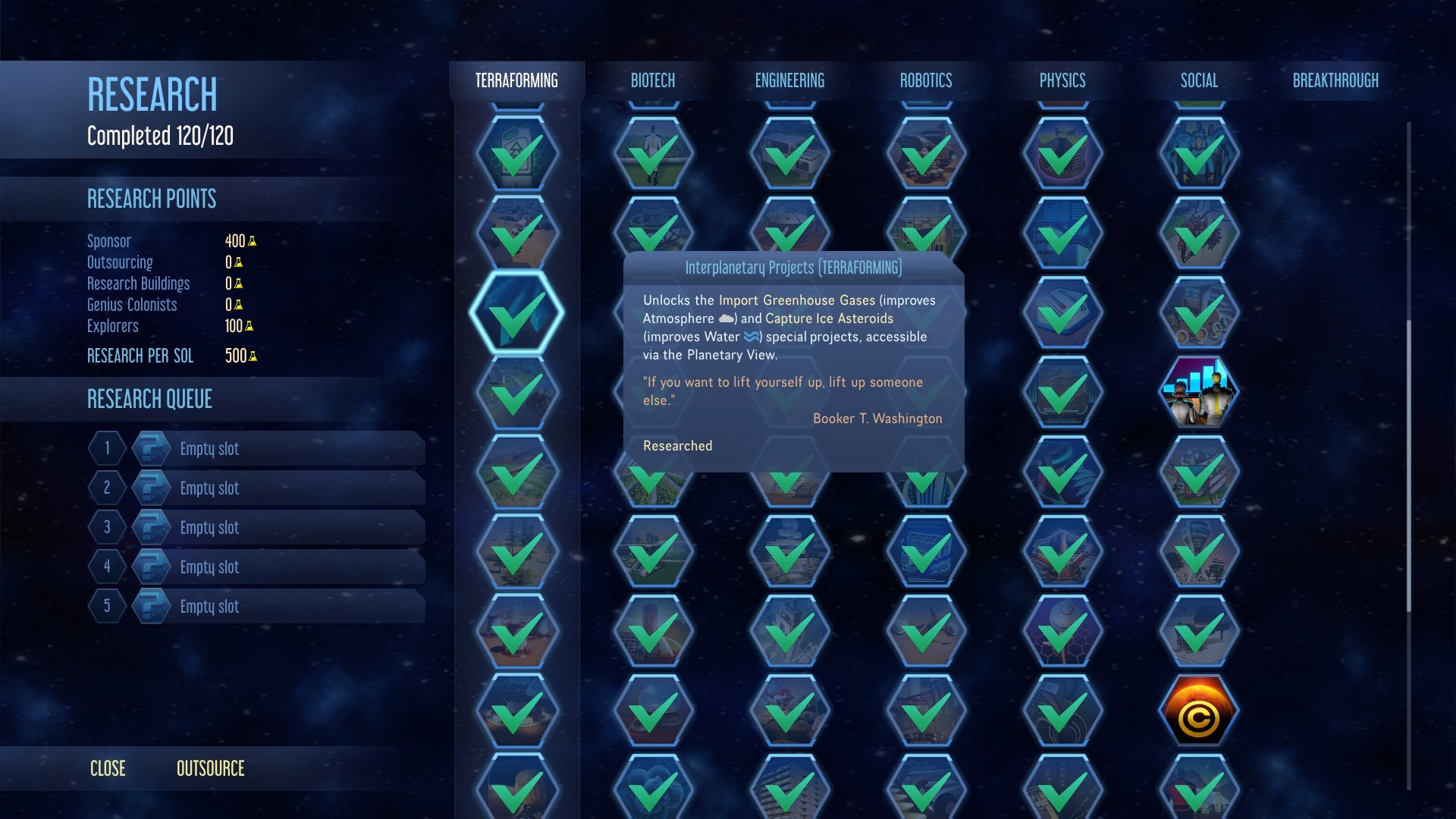
There are another 3 Special Projects, visualized with blue icons on the Planetary View, which do not require research and will be available when the first planetary anomalies are discovered on Mars. They are part of the free update and we will be talking about them in the next dev diary, which is dedicated to all the cool stuff we're giving away for free.
Lead Designer of Green Planet
Haemimont Games




